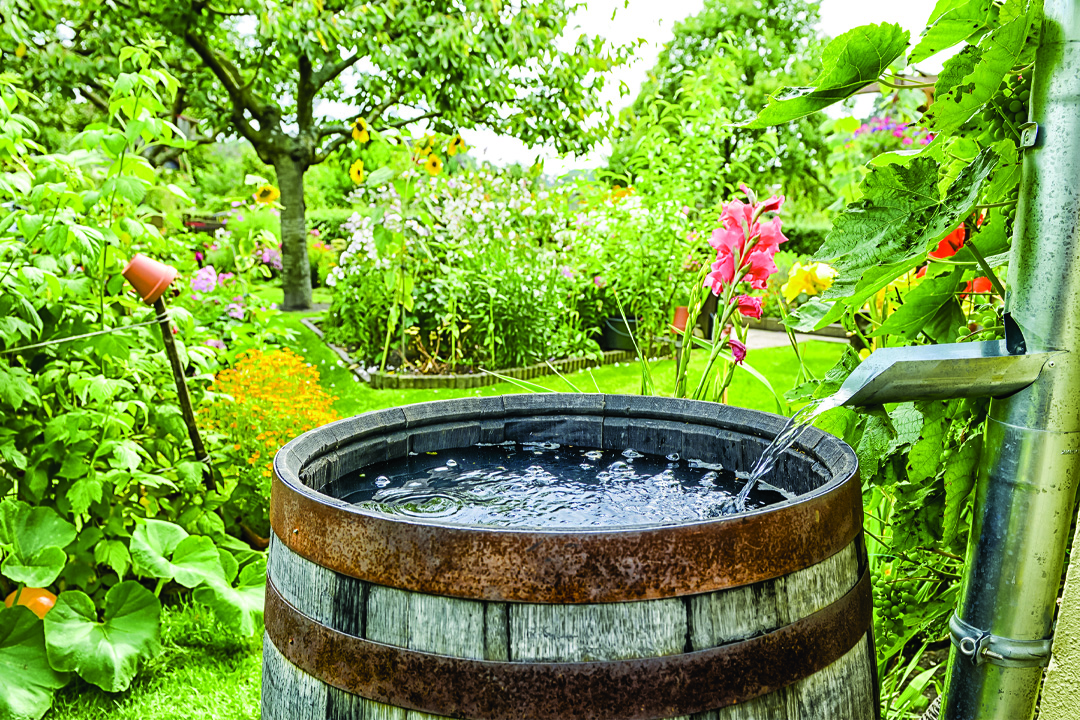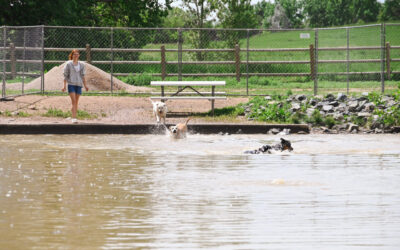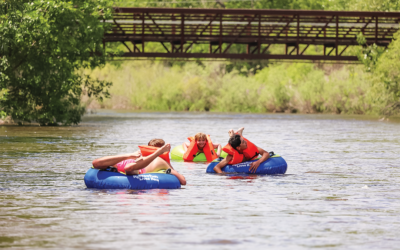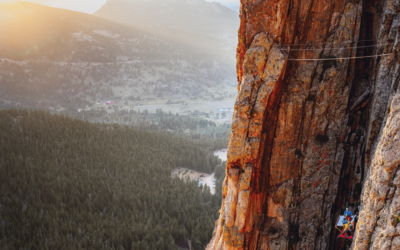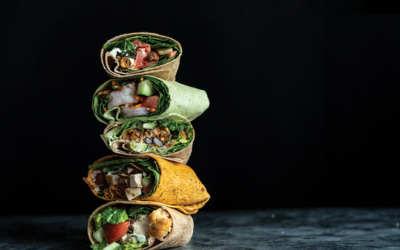In the past 10 years, Colorado has legalized two activities that more than a few practiced illegally for years: You probably know one. Can you guess the other? While pot was legalized in 2012, Colorado officially allowed residents to legally collect rain for use in their gardens and landscaping in 2016. That was also when Colorado Rain Catcher opened its doors in Fort Collins. The company sells rain barrels and other equipment to a growing population of users all over the state and the nation, according to Manager Sarah Owen. Why the barrels? Well, that’s the trick: A maximum of two rain barrels with a combined storage of 110 gallons or less at any given time are allowed at each household.
Why was collecting rainwater illegal in the first place? Well, welcome to Colorado, where water is scarce. As of February, most of Northern Colorado is in a severe drought, meaning snowpack is low, surface water levels are low and river flow is reduced. And some of the higher altitude areas, especially near the Cameron Peak burn area, are listed as “abnormally dry,” according to the National Integrated Drought Information System.
Water is also regulated more than anything else, even marijuana. People own rights to the water, even if it falls on your land, and capturing that water may deprive water rights owners downstream of their fair share. “In our arid environment,” says CSU Extension’s P.E. Cabot, C.C. Olson, R.M. Waskom and K.G. Rein in a paper on the Extension website, “every drop counts.”
“Water rights holders depend upon the runoff from snowmelt and rainfall to supply the beneficial uses to which they apply their water rights,” they state in the paper. “Captured precipitation…may deprive downstream and/or senior water rights holders of their right to use water from the natural stream, which comprises water that originates as snow and rain. Even though the detention of rooftop precipitation might only be temporary and minimal, it may still alter the nature of historic flow patterns.”
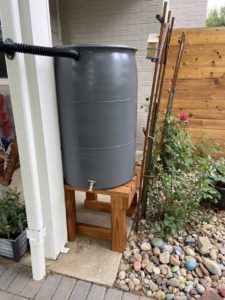
Photo courtesy of Colorado Rain Catcher.
Did you get the gist at least? The laws that regulate water are as complex as the substance is simple.
Owen understands the concerns of water owners but says the practice of using rainwater for landscaping and gardens puts the water back into the system. “It’s kind of silly to think this was illegal,” she says. “Now my job is to get the word out that this is legal.”
She has hosted several seminars at local garden centers and CSU Extension events throughout Northern Colorado to do just that.
JoAnn and Greg Miller of Timnath heard about rain collecting at Bath Garden Center and Gardens at Spring Creek. “With the drought situation getting worse, we wanted to use less water for our gardens. Our rain barrel was full last summer, even though we had minimal precipitation,” JoAnn says.
The Millers use the water from their barrel to water their perennials. According to CSU Extension, during a typical Colorado summer, rain barrels can fill up 10-15 times during the season. Since the maximum 110 gallons in two barrels can irrigate a garden 15 feet by 15 feet once, residents like the Millers will have to supplement with regular water from the tap. But that is still 1,100 to 1,650 gallons of water being used from rain that normally would have just run off their property.
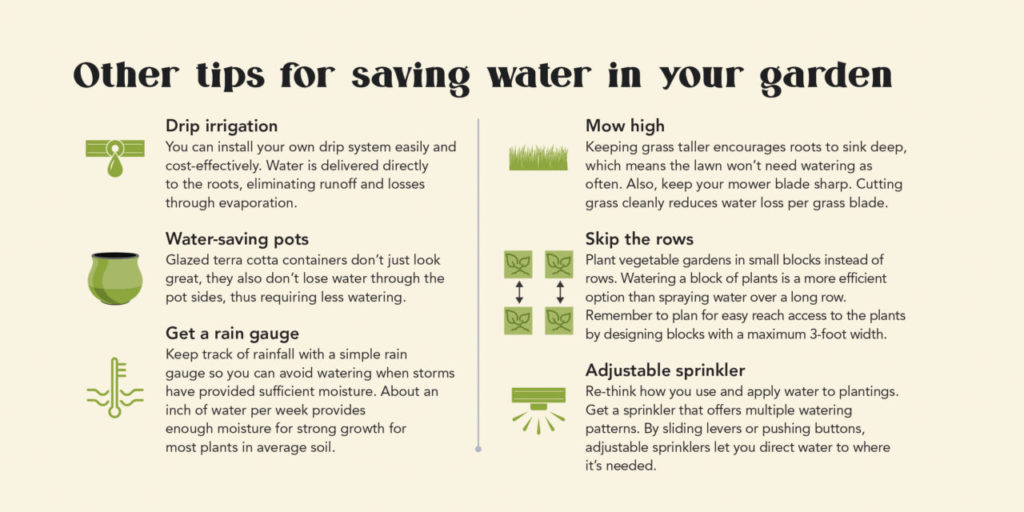
“Most people get into this because they believe in the environmental side of it,” Owen says. “This has become a real movement. And more than any other place I have ever worked, the customers are just happier with the result.”
And the movement is not just in Colorado. Owen says her Fort Collins company has now become the exclusive provider of do-it-yourself installation kits for the national Project Rain Barrel through the River Network, which has connected more than 150 communities with more than 10,000 upcycled rain barrels that also includes a partnership with Coca-Cola. Learn more at rivernetwork.org/connect-learn/project-rain-barrel.
The average American family directly consumes nearly 110,000 gallons of water each year, and if you include water used for producing food, energy and consumer goods, that total jumps to 1.9 million gallons annually. However, a single 55-gallon rain barrel can save up to 1,300 gallons of water every year.
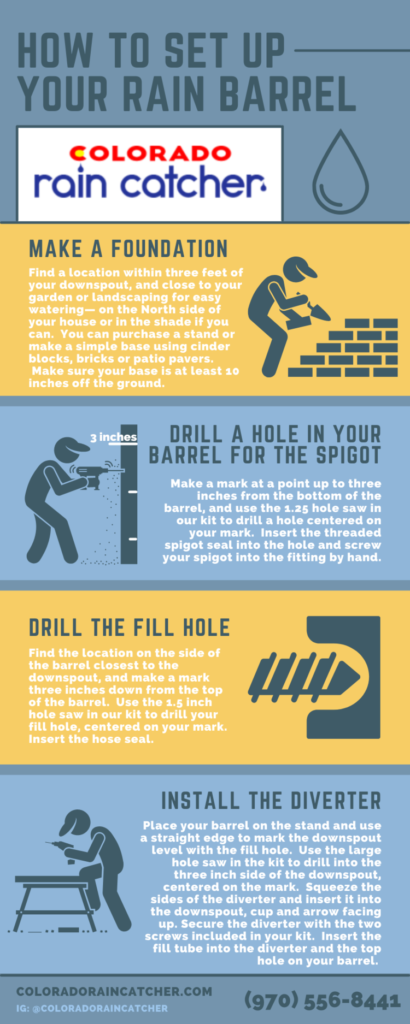
But how does it look?
While the basic rain barrel is relatively cheap (you can get started for less than $100), there are a lot of different options you can choose from, with prices that go up accordingly. Barrels are available in a variety of colors and shapes. Some of them can blend seamlessly into your landscape by looking like rocks or potted plants.
Some people prefer to make it a statement piece. Colorado Rain Catcher partners with local artists who paint some of the barrels they have available at auctions or for special events that include everything from sea turtles to a portrait of David Bowie.
“The painted barrels make the recycled drums look very aesthetically pleasing, and they’re just a cool way to promote artists and water conservation at the same time,” Owen says. “We also have people use decals or stencils, and as long as they use a plastic primer and acrylic paint, then the possibilities are endless.”
How to install
The Millers said their installation was simple. But it does require some tools and things a lot of homeowners may not be used to. Owen says they have names of contractors in Fort Collins and Denver who can help those who need it.
On top of installation, there are a few other maintenance activities you will need to perform, including winterizing the barrel and cleaning it out to avoid algae and other bacteria. Owen hosts sessions on how to do this as well as having all the information on their company website, coloradoraincatcher.com.
Owen says algae is relatively easy to deal with. “Use and drain the barrel regularly. This is the easiest method. Regular use and/or draining of the barrel will snuff out any possible algae growth,” she says. “If you’re going to be gone for an extended period, then drain the barrel. A solution made from equal parts each of Castile soap and vinegar, or lemon juice, is effective at removing any residue from the inside of the barrel—and is safe to rinse out on grass.”


